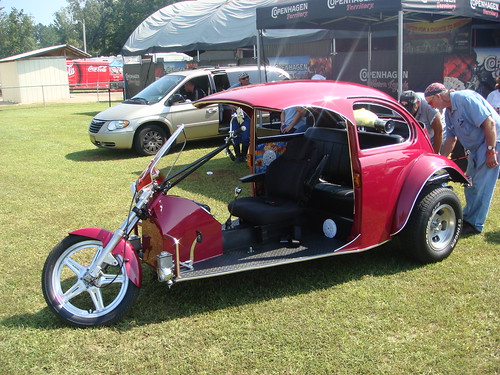
The legend that is Les Archer Jr is born in his grandfather's garage in Farnham, Surrey.
Les Archer Jr starts his life story off, "I was born with a "Silver Spoon in my mouth". How else do you describe a kid born into a family so dedicated to our sport. My grandfather competed in motorcycle events on the actual ground where the first motocross took place in 1924. Follow this with a father who won his first race on a 250cc New Imperial at Brooklands in 1926. Little wonder that my first memories are of the roar of racing engines coupled with the smell of Castrol 'R'..."
Les was known for competing in long distance speed trials, road racing and scrambles (motocross), riding/racing/winning in Algiers, France, Italy, Switzerland, Holland, Belgium, Sweden and, of course, England.
Archer rode in the 1947 Isle of Man TT, the 1950 International Six Days Trial (ISDT) as a member of the British Army team. He competed alongside his travelling companion Eric Cheney (Aerial), who went on to become one of the top British motorcycle designers. Archer was also a member of the victorious British team at the 1953 Motocross des Nations. Winner of the 1956 F.I.M. 500cc European Motocross Championship on a highly modified Manx Norton. He would help further the development of the Manx Norton with the famed motorman, Ray Petty.
Les Archer Jr has some of his winning motorcycles featured at The National Motorcycle Museum (Solihull, West Midlands), Sammy Millers Motorcycle Museum (New Milton, Hampshire) and the AMA Motorcycle Museum (Pickerington, Ohio USA). Plan a trip.
Today in motorcycle history proudly supports the National Association for Bikers with a Disability (NABD). www.nabd.org.uk
proabd.org.uk
Today in motorcycle history proudly supports the National Association for Bikers with a Disability (NABD). www.nabd.org.uk
proabd.org.uk





